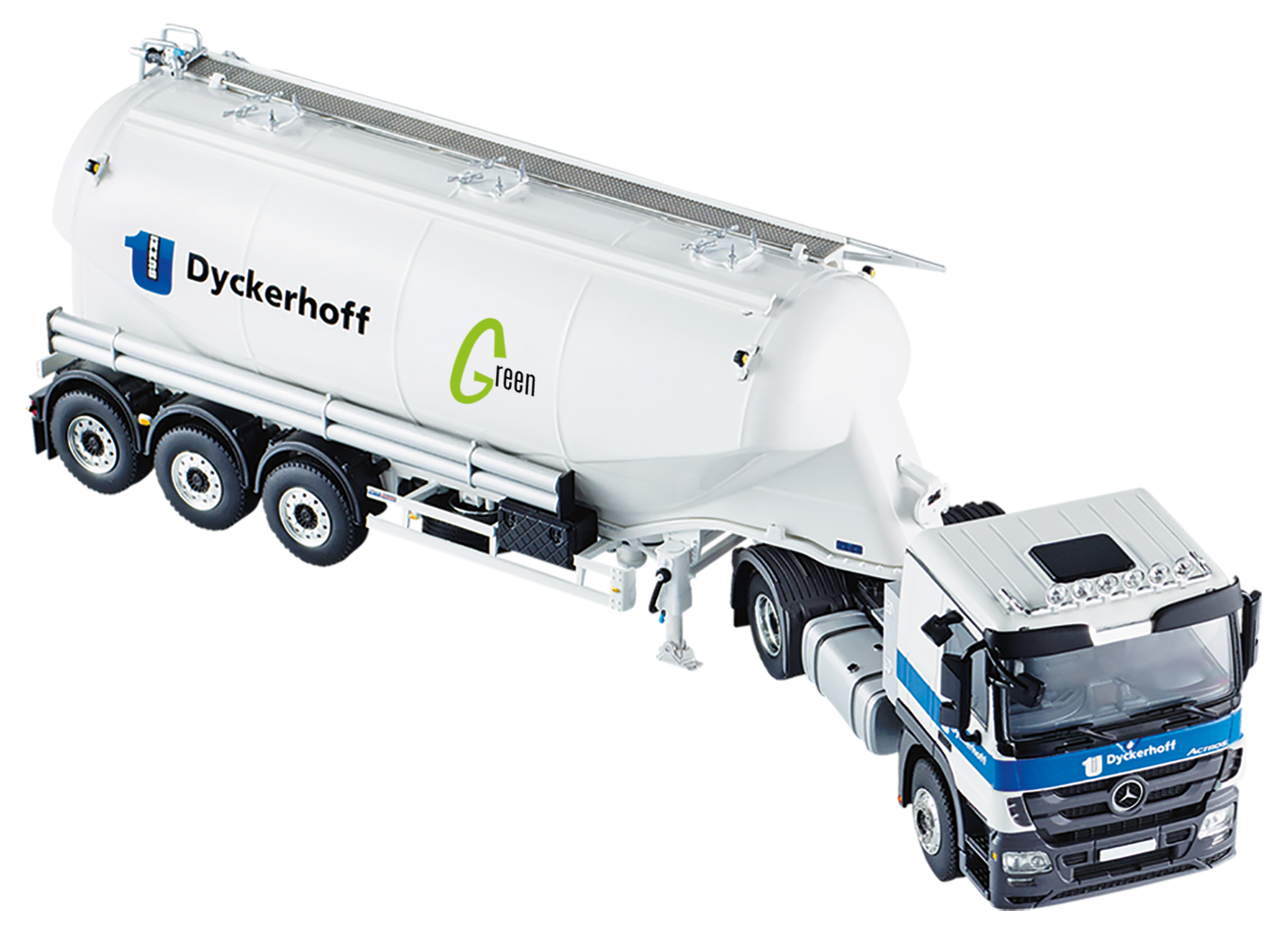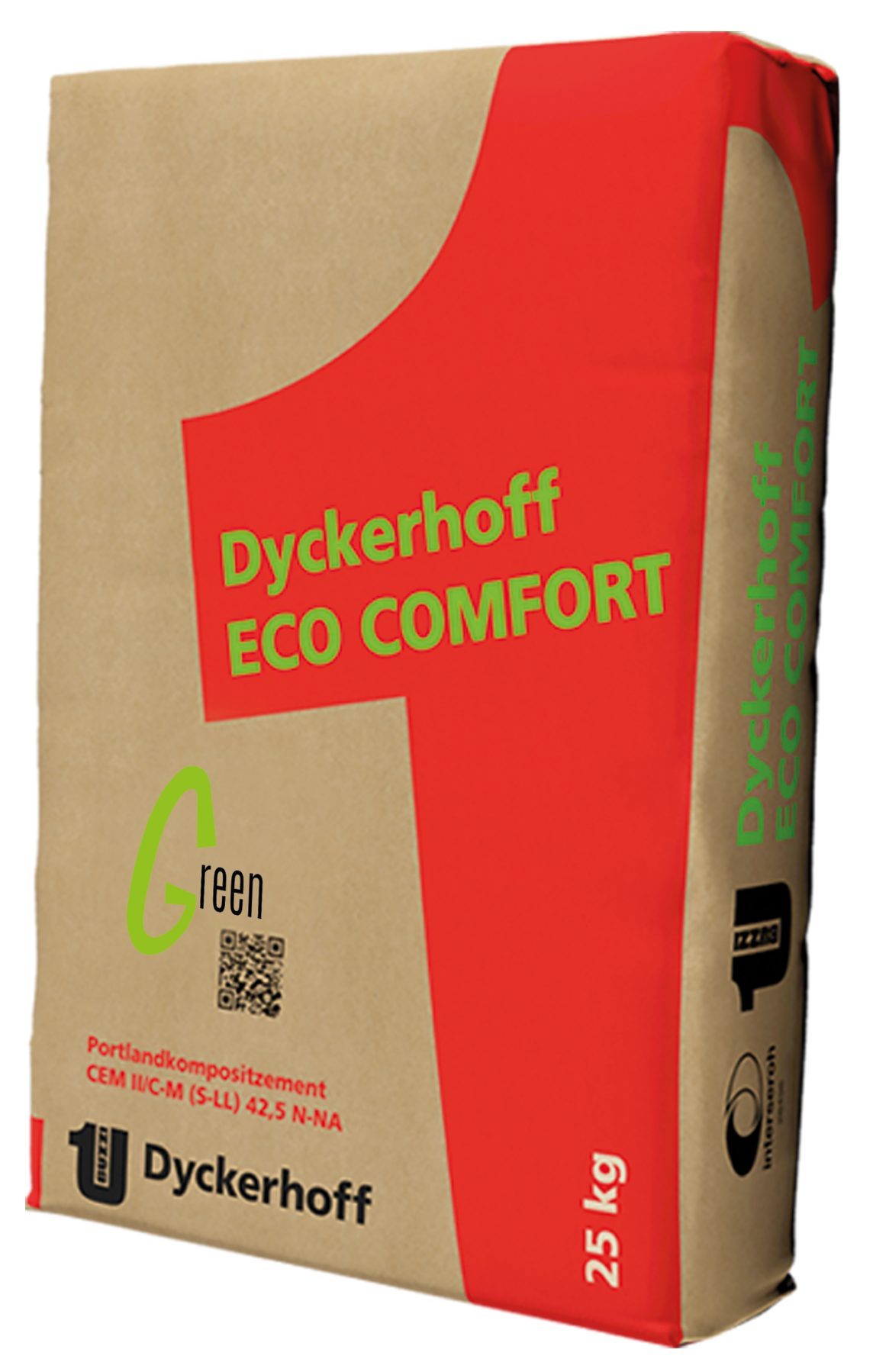Decarbonization
Large quantities of CO2 are released in the production of cement and its preliminary product cement clinker. Approximately two thirds of this can be attributed to raw material-induced process emissions from limestone calcination, and roughly one third to the energy-related CO2 emissions from the fuels used.
We, Buzzi and Dyckerhoff, are committed to further reducing CO2 emissions throughout our entire cement and concrete value chain, and have stated that in our roadmap "Our Journey to Net Zero“.
We are reducing energy-related CO2 emissions by optimizing the efficiency of our plants and increasingly using alternative fuels. To reduce raw material-induced process emissions, we are replacing part of the raw material mix with alternative raw materials containing calcium and already calcinated materials.
We base the measures to reduce our CO2 emissions on the 5C approach of the European cement association CEMBUREAU – Clinker, Cement, Concrete, Construction und (Re)Carbonation – towards a climate-neutral industry. The German association Verein Deutscher Zementwerke VDZ also builds on this approach in its jointly developed CO2 roadmap for the German cement industry.
The 5C approach describes our industry's path to completely reducing CO2 emissions by 2045 along the value chain stages clinker, cement, concrete, and building, as well as the recarbonation of CO2 into concrete during and after the use of a building component. We are committed to achieving the necessary objectives and course of action.
Dyckerhoff offers among others these CO2 reduced cements:
Dyckerhoff ECO COMFORT – bagged cements
CEM II/C-M (S-LL) 42,5 N-NA 1)
CEM II/B-M (V-LL) 42,5 N (az) 2)
Dyckerhoff ECO COMFORT are cements with an optimized composition and a carbon footprint that is up to 39 % lower than that of CEM I cements. They offer good processing properties and high-yield performance.
Fields of application
- Screeds
- Plaster and masonry mortar
- Concrete according to DIN EN 206 / DIN 1045
Delivery
1) Lengerich, Neuwied
2) Berlin, Deuna, Hamburg, Hanau
Dyckerhoff CEDUR – bulk cements
CEM II/C-M (S-LL) 42,5 N 1)
CEM II/C-M (S-LL) 42,5 N-NA 2)

Dyckerhoff CEDUR are cements with a carbon footprint that is up to 39 % lower than that of CEM I cements. The optimized composition enables the production of sedimentation-stable concretes and additionally contributes to the conservation of natural resources. Dyckerhoff CEDUR are cements with low effective alkali content and have lower heat generation.
Delivery
1) Lengerich, Neuwied
2) Berlin, Deuna, Hanau
Learn also more about Dyckerhoff's CO2 reduced concretes!



